PPT-Conceptually Understanding
Author : faustina-dinatale | Published Date : 2016-09-18
Fractions Grades 35 Judith Vail Common Core Coordinator Calcasieu Parish Schools Email Judyvailcpsborg Twitter vailjuju Calcachat PreRead
Presentation Embed Code
Download Presentation
Download Presentation The PPT/PDF document "Conceptually Understanding" is the property of its rightful owner. Permission is granted to download and print the materials on this website for personal, non-commercial use only, and to display it on your personal computer provided you do not modify the materials and that you retain all copyright notices contained in the materials. By downloading content from our website, you accept the terms of this agreement.
Conceptually Understanding: Transcript
Download Rules Of Document
"Conceptually Understanding"The content belongs to its owner. You may download and print it for personal use, without modification, and keep all copyright notices. By downloading, you agree to these terms.
Related Documents

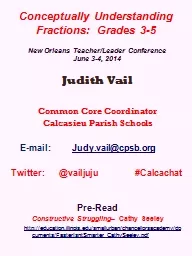
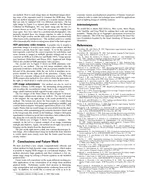
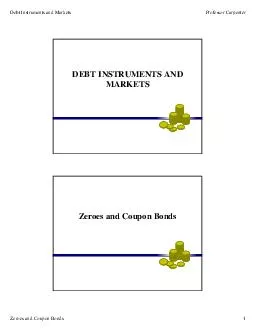
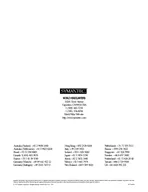
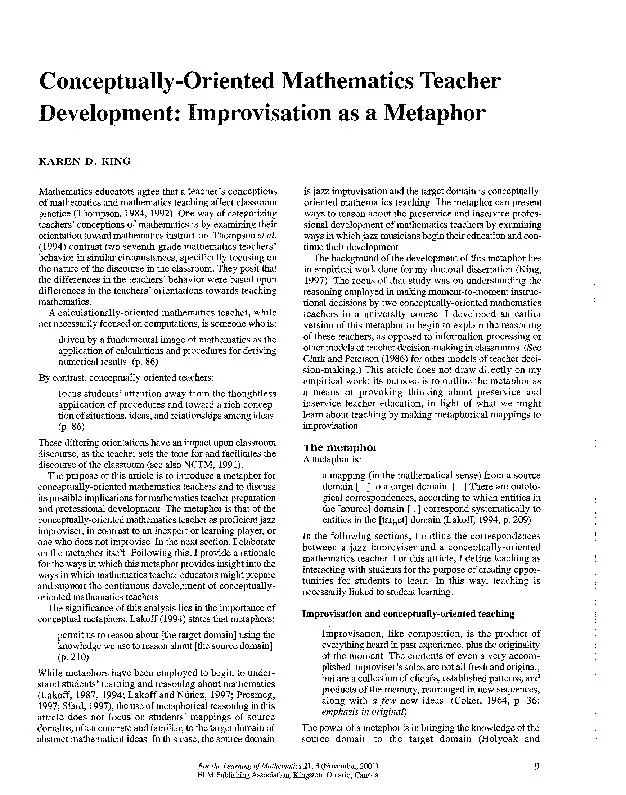
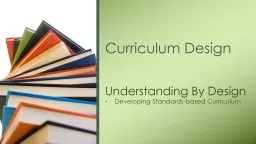
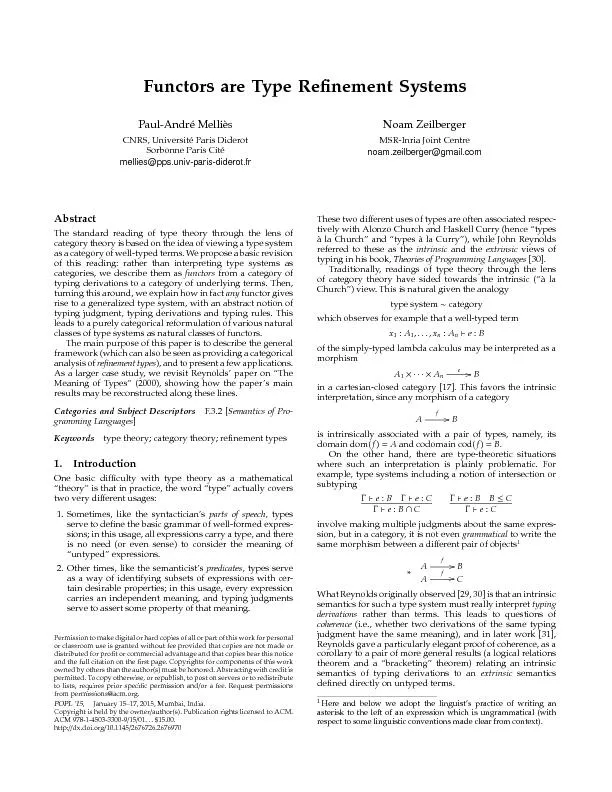
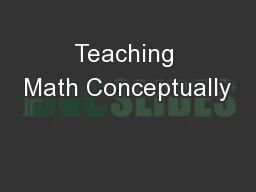
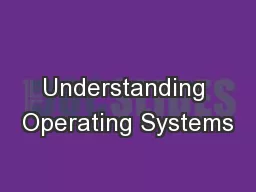
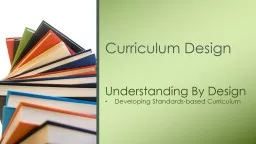
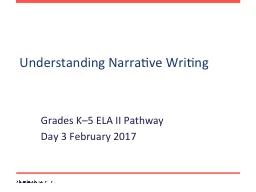
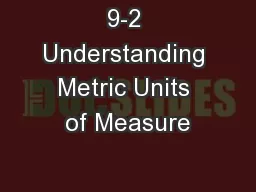
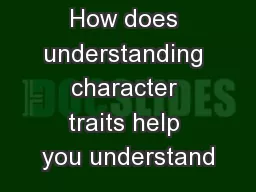
![[READ] - Smart Thinking: How to Think Conceptually, Design Solutions and Make Decisions](https://thumbs.docslides.com/907218/read-smart-thinking-how-to-think-conceptually-design-solutions-and-make-decisions-macmillan-study-skills-80.jpg)